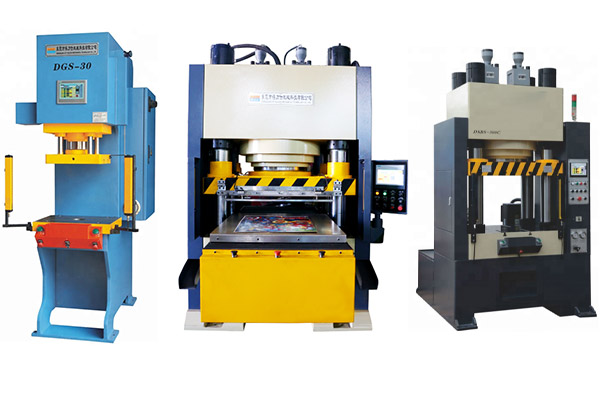The mechanical servo press allows manufacturers the best of both worlds, as it provides the versatility of a hydraulic press — including varied strokes, slide motions, dies, and part types — at the high-production speeds of a traditional mechanical press.
Hydraulic presses, though versatile, are often slow because they are constantly battling material resistance. The slide motion of the servo press, however, allows metal to flow during part making rather than be forced into a form. Any distinct aspects of a workpiece can therefore be customized and programmed into a servo press to allow for smooth, swift production.

In addition to operating at high speeds, servo presses are capable of dwelling anywhere within a stroke as well as changing the slide’s velocity during the stroke. These diverse capabilities support better design and testing for in-house tool building.
Lower Costs, Faster Turnaround
Operating a servo press will allow to run most of the same tools that they used to run on higher-tonnage mechanical presses, thereby reducing tonnage by up to 20 percent. Additionally, the servo press combines tooling capabilities to fill the functional gaps between hydraulic presses and traditional mechanical presses, which will ultimately eliminate secondary operations and reduce overall part costs.


 +86-769-8306-1993
+86-769-8306-1993
 E-mail
E-mail
